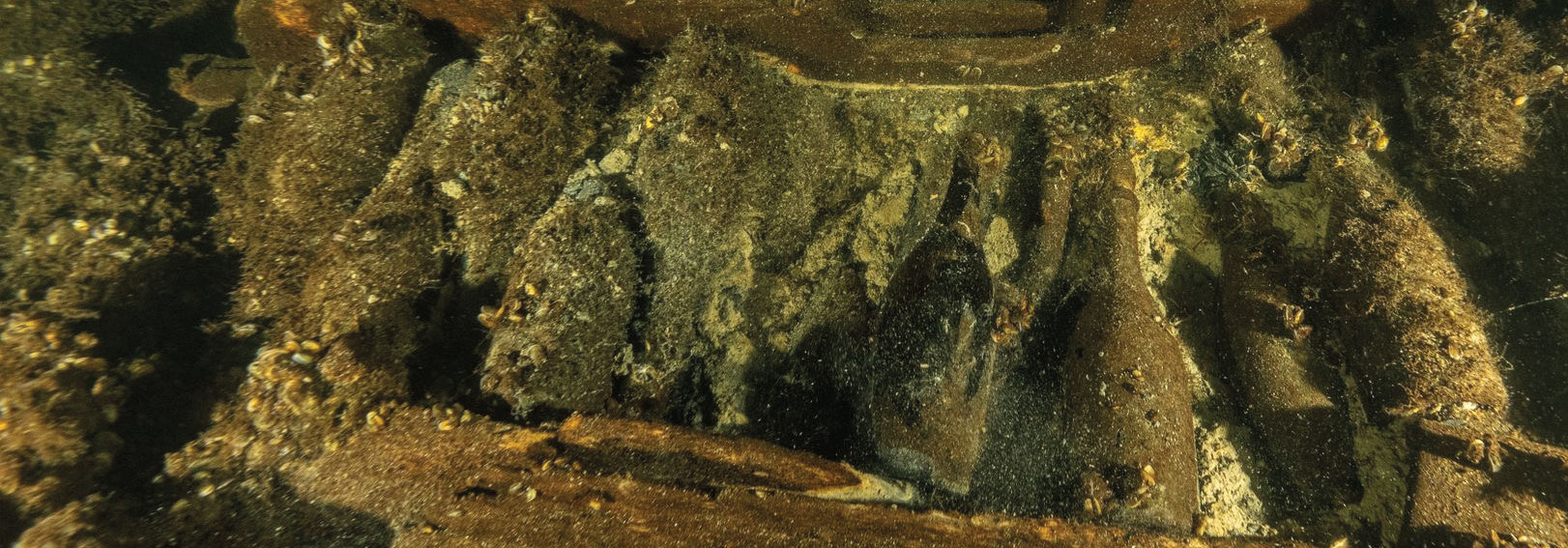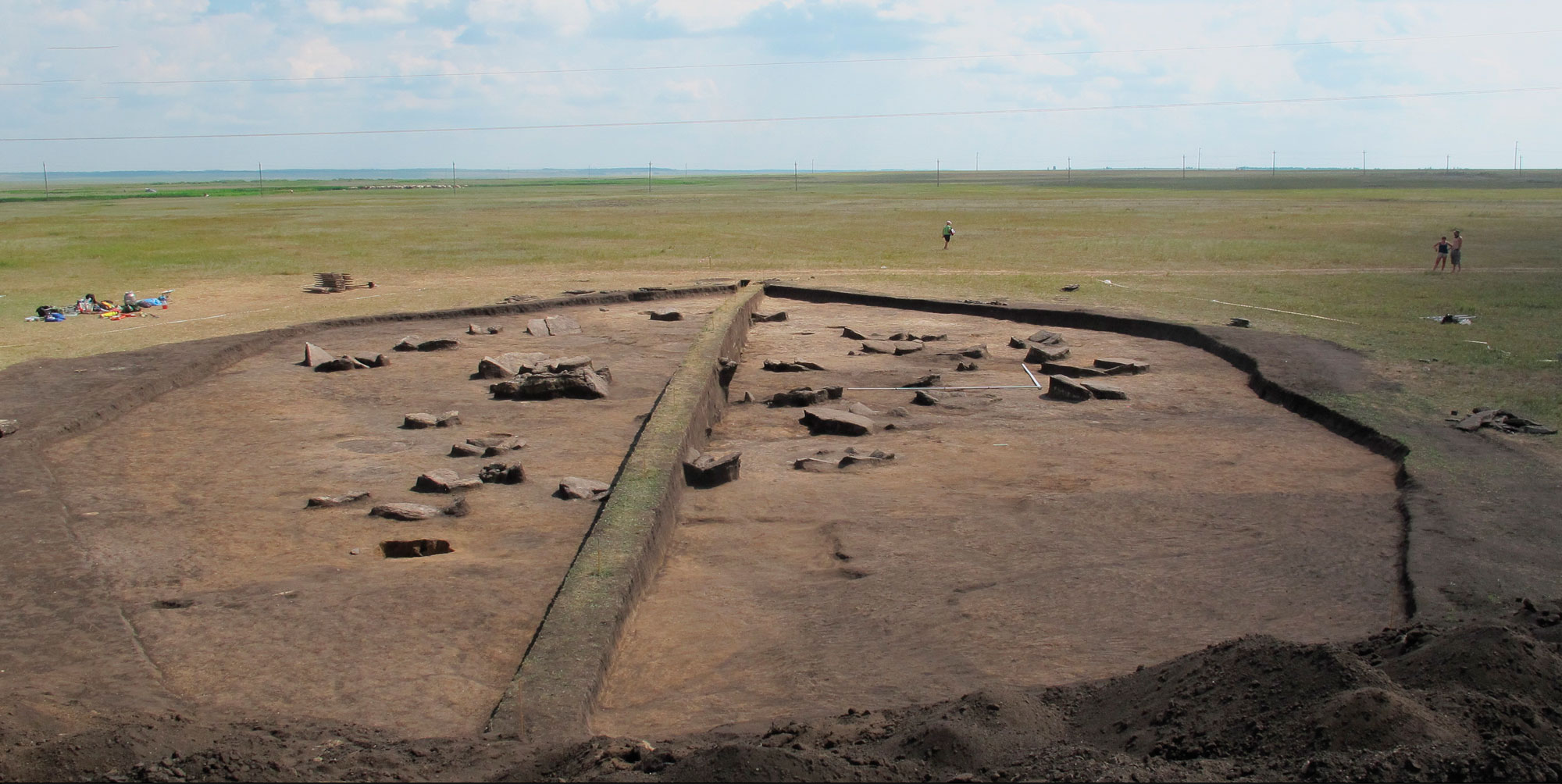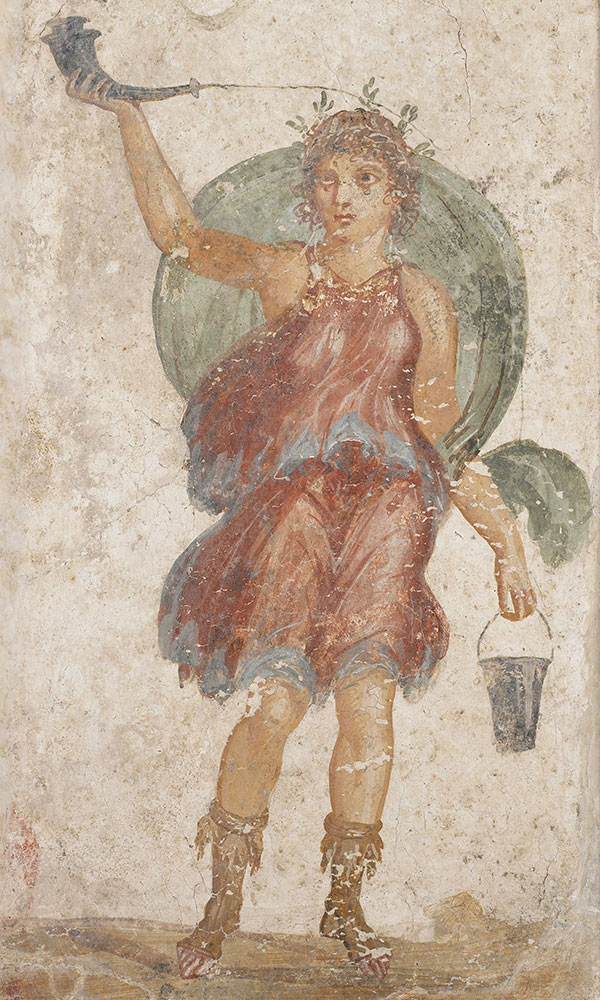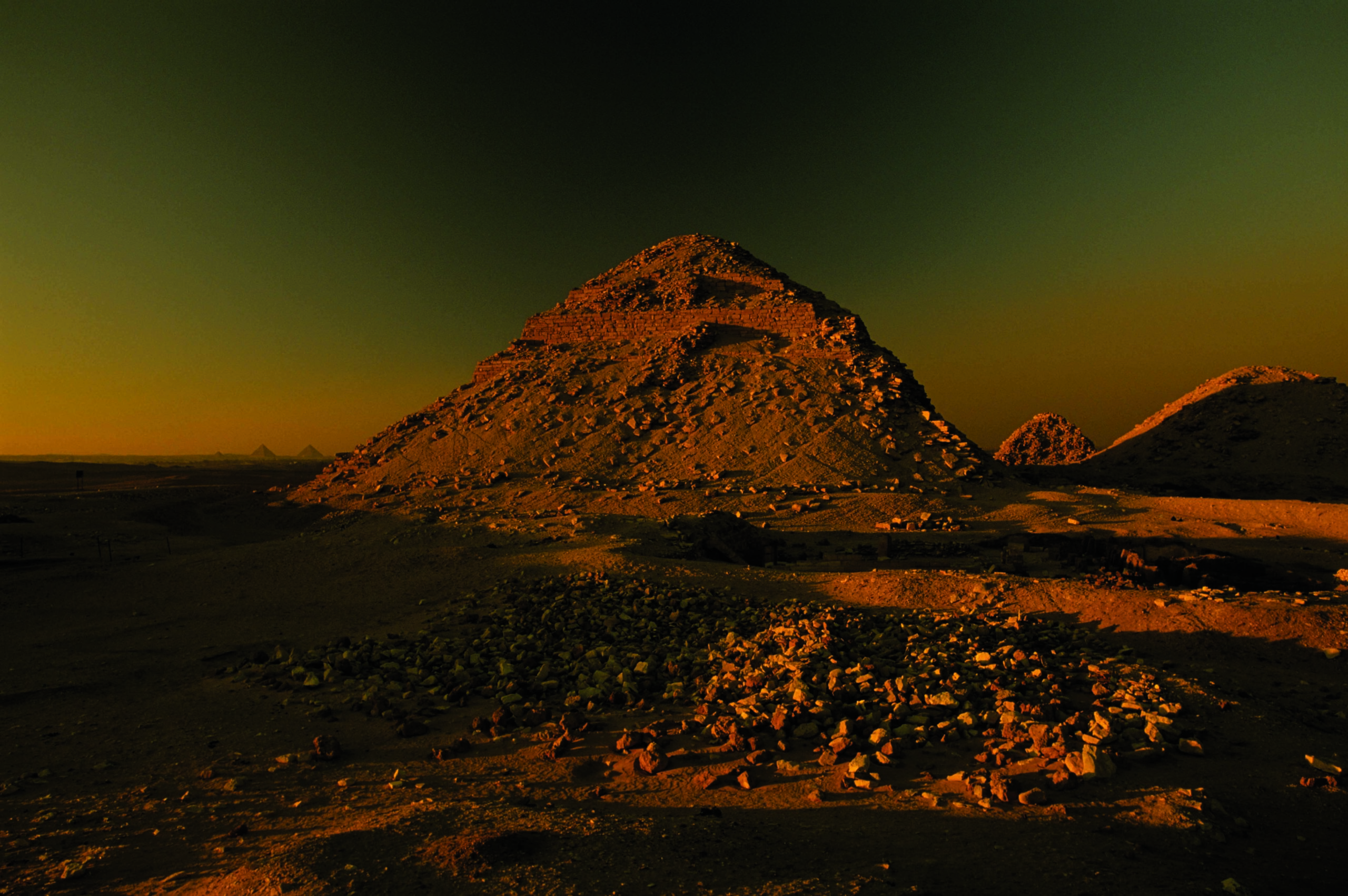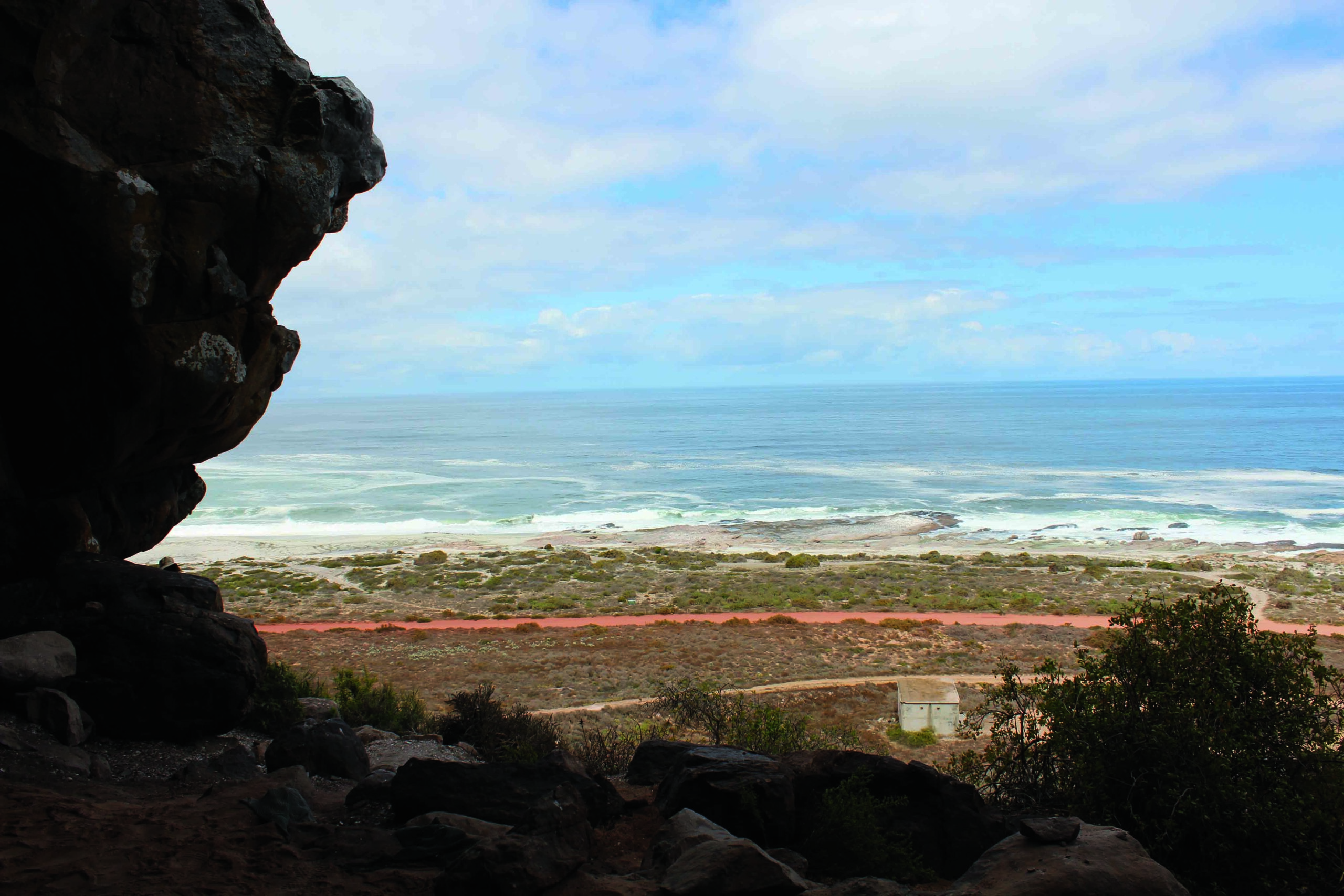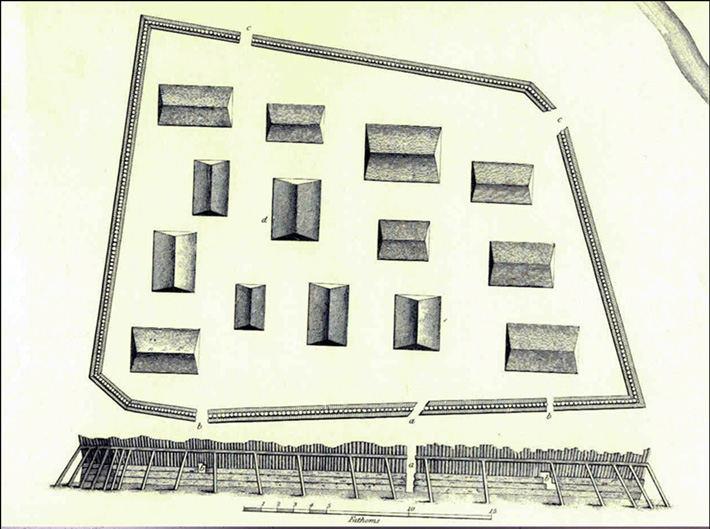
SITKA, ALASKA—NBC News reports that archaeologist Thomas Urban of Cornell University and his colleagues have discovered traces of Shiskinoow, or "sapling fort," in southeastern Alaska’s Sitka National Historical Park on Baranof Island. The thick-walled fort, which was trapezoidal in shape, measured about 240 feet long and 165 feet wide, and was built by Tlingit people of the Kiks.adi clan to resist a Russian attack. In 1799, Russian fur traders established a settlement at what is now known as Old Sitka. This settlement was destroyed in a dispute with the Tlingit in 1802. When the Russians returned to the region in 1804, they were confronted with a defensive structure manned by some 800 members of the Kiks.adi clan, who were armed with guns and cannons purchased from British and American traders. After several days, the Tlingit fighters decided to abandon Shiskinoow because their supply of gunpowder had run low. The Tlingit eventually struck a treaty allowing the Russians to trade in settlements along the coast. “The fort’s definitive physical location had eluded investigators for a century,” Urban said, explaining that researchers had been looking for the structure in a forest clearing in Sitka National Historical Park. Ground-penetrating radar revealed, however, that the fort walls lay outside the area of the clearing. Read the original scholarly article about this research in Antiquity. To read about excavations of a Yup'ik village in southwestern Alaska, go to "Cultural Revival."



